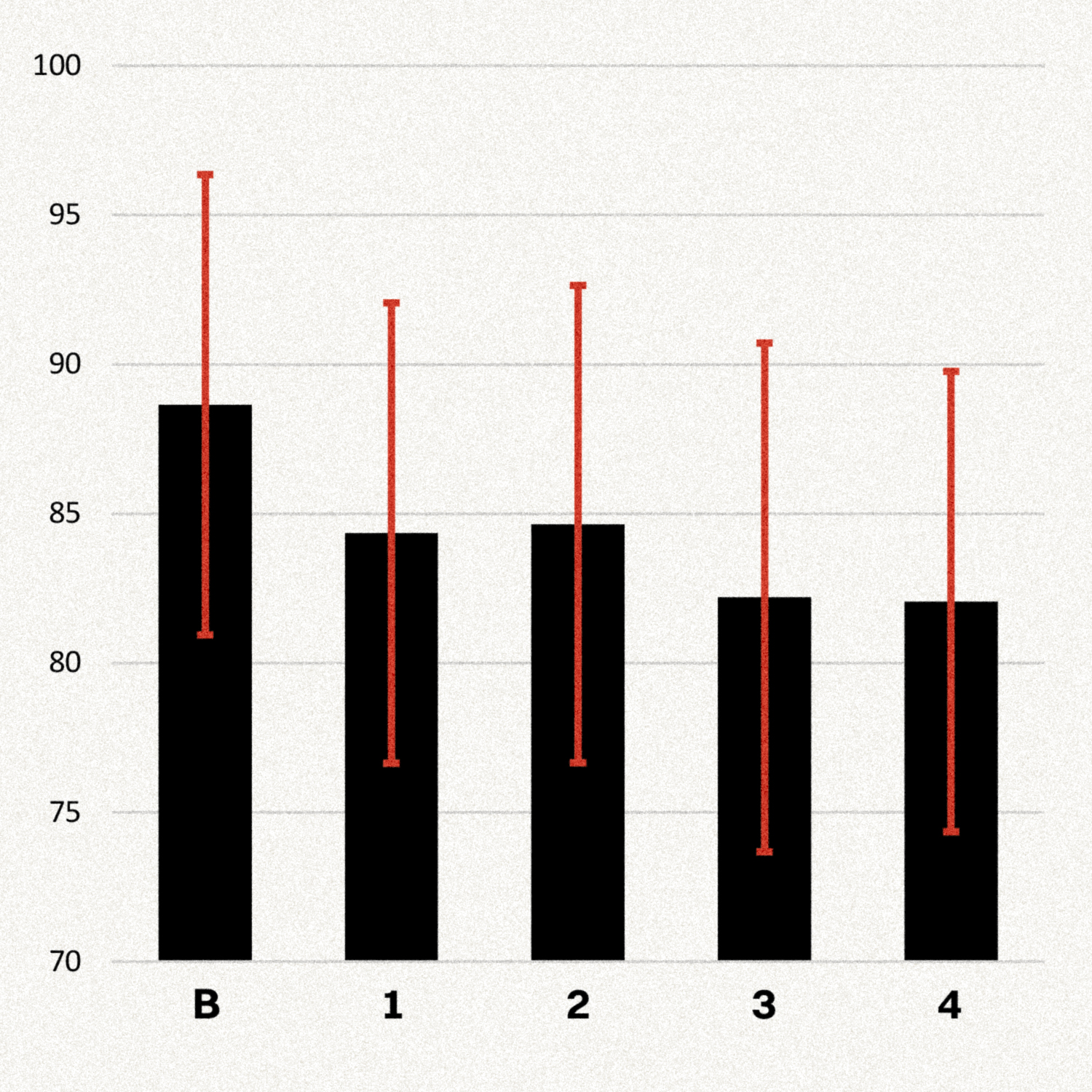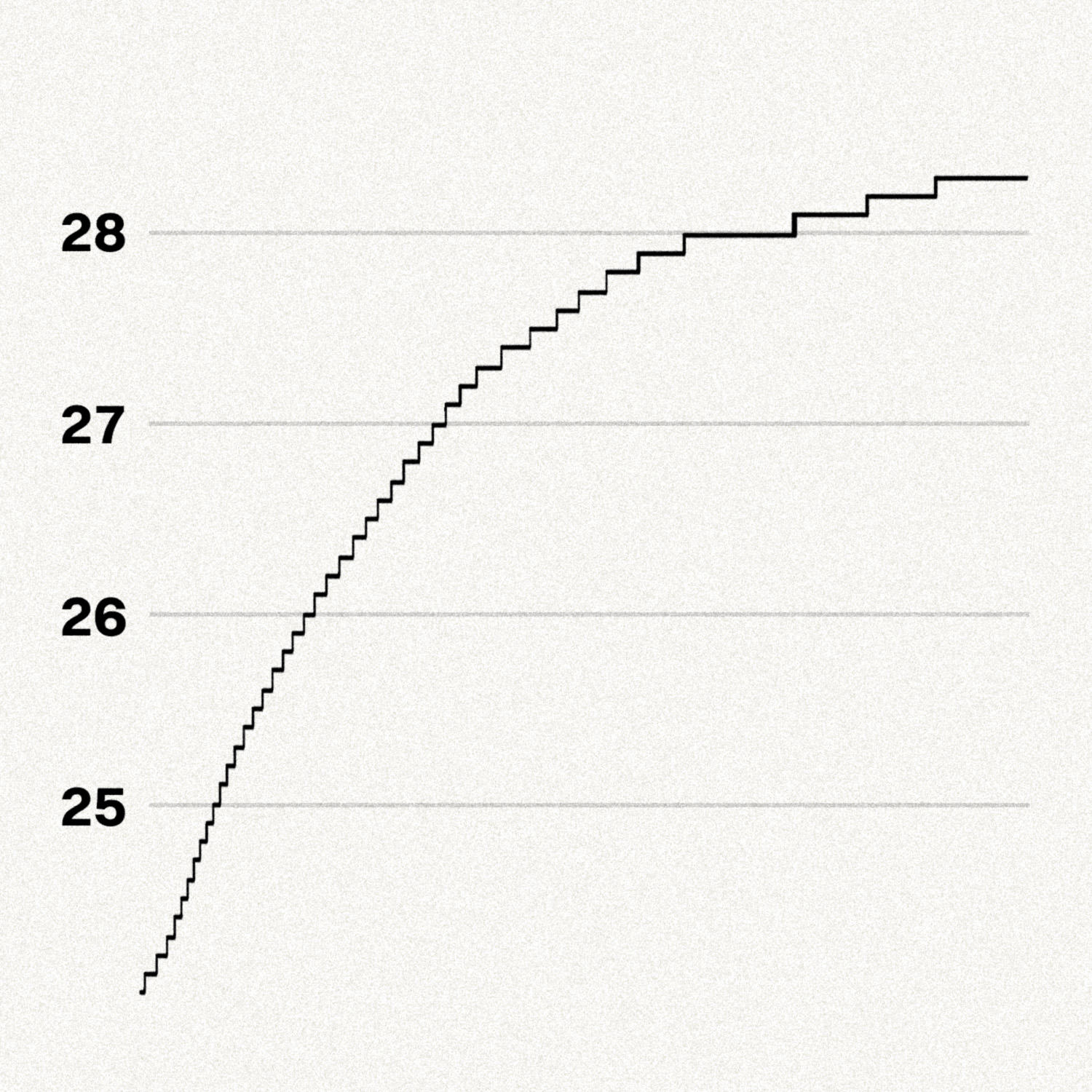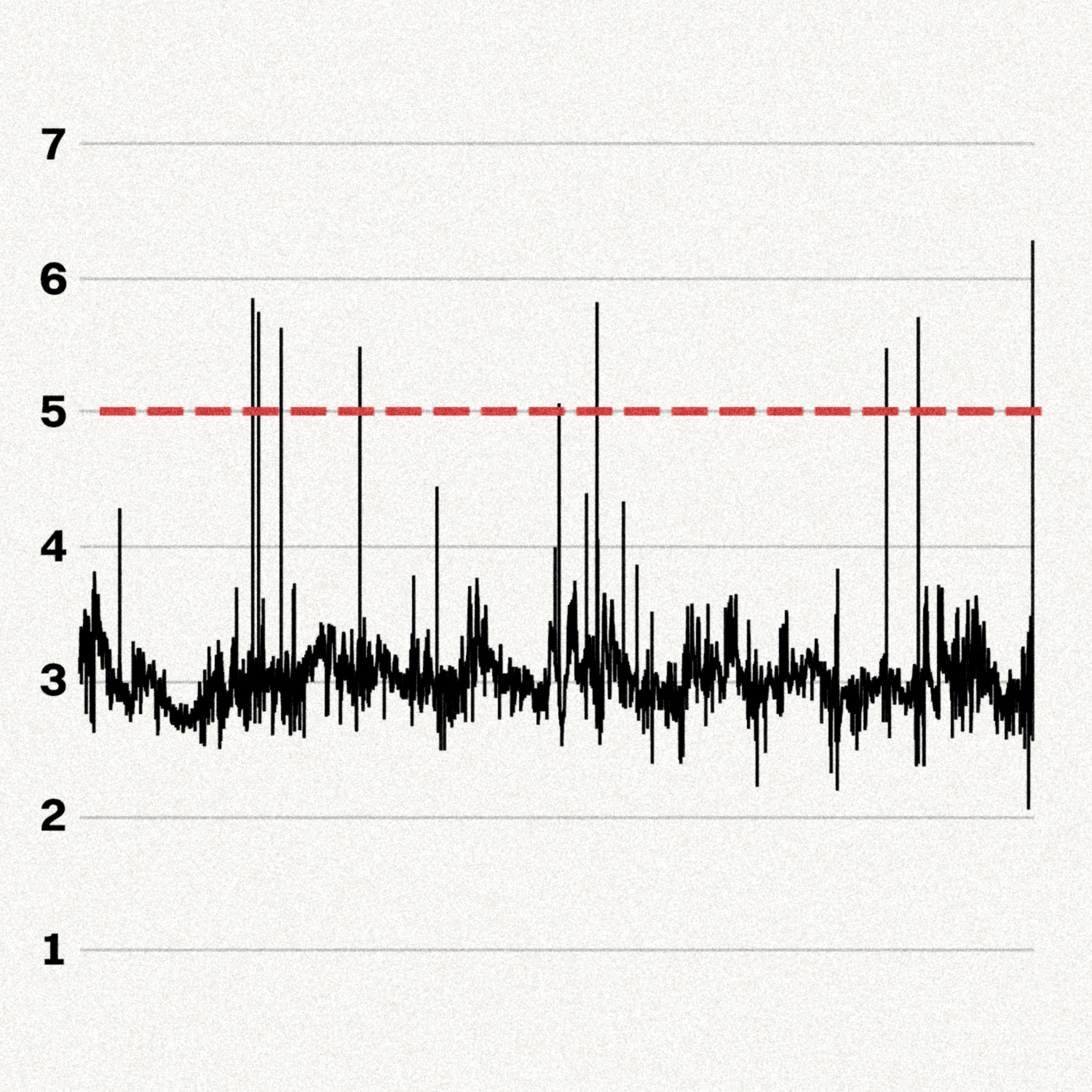»Having Designs on sth.«
saying
aim to obtain something, typically in an underhand way*
*Definition by Oxford Languages

saying
aim to obtain something, typically in an underhand way*
*Definition by Oxford Languages
But are we trying to manipulate through them?
This info page is for Designers. It shows the most relevant results of a user test that attempted to measure the human stress response to Dark Patterns on websites. Dark Patterns are a variety of manipulative and misleading elements in interface design that are usually intended to mislead the user into an undesirable action. The results of the test are intended to raise awareness of the impact that certain interface patterns can have. An overview of Dark Patterns can be found on the website of the Dark Pattern Detection Project (dapde):
Four web pages with a variety of Dark Patterns were tested. They are marked as web page 1, 2, 3 and 4 in the following two charts. The tested websites use 16 of the 20 Dark Patterns which are described by the Dark Pattern Detection Project. Ten subjects were given the same tasks for operating the websites. During use, body reactions of the subjects were measured to detect a potential stress response. Research indentified the following body values as measurable indicators of stress: Electrodermal Activity Heart Rate Body Temperature Pupil Diameter On the basis of these four body reactions the intensity of the mental arousal will be determined. For electrodermal activity and heart rate, four websites with Dark Patterns are compared with the baseline. The baseline values were measured during a two-minute rest period at the beginning of the test. For the body temperature and pupil diameter, the development during the entire test period was considered.

Electrodermal activity increased for the websites with Dark Patterns. During the use of web page 4, the electrodermal activity data is about 80% higher than that of the baseline. It is followed by web page 3 with about 64% increase compared to the baseline. This could be an indication for stress caused by the Dark Patterns used. The values are given in microsiemens.

In terms of heart rate, the values of web page 3 and 4 each decrease by around 7% compared to the baseline. The values measured during the usage of web page 1 and 2 are around 4,5% below the baseline. The high baseline values could have resulted from potential novelty stress. It occurs when subjects are stressed by the novel test situation. The values are given in beats per minute.

In two thirds of the subjects, the temperature increased by 2 - 4 degrees. The course of the curve is similar to that shown above. Only three of the ten subjects showed a slight decrease in body temperature during the course of the test. The sensor measured both body and ambient temperature. Since the ambient temperature in the room was largely unchanged, upward and downward trends in the graphs can largely be seen as a result of body changes. The values are given in degrees Celsius.

This diagram shows the development of a subject's pupil diameter during the entire course of the test. It shows that in short periods strongly dilated pupils were measured: Subjects 5 and 10 had several peaks that were at least twice the mean. In this example, the pupil diameter exceeded 5 millimeters nine times, while its average value was 3.22 millimeters. Such strong deviations indicate an increased mental activity during the test. The values are given in millimeters.
The data shows that repeated stress responses could be detected in the test. Despite the evidence, it cannot be clearly proven whether the stress was caused exclusively by Dark Patterns. The results of this work can be understood to mean that web interfaces without manipulative elements would be more clear and relaxing for users. An unambiguous recommendation for the use of Dark Patterns can't be given on the basis of this data. But the project is intended to encourage the responsible design of websites. User interface and experience designers have an enormous influence on users. Proactively abandoning Dark Patterns would be a first step for companies. After all, good design should simplify, encourage and support. Each designer must decide for themselves whether Dark Patterns are suitable for this purpose.

My name is Daniel Hermann, I studied Interactive Media B.A. in Augsburg. The research project described on this web page was developed as my bachelor's thesis.
You want further information or the complete PDF? Don't hesitate to contact me via LinkedIn or by Email. I look forward to hearing from you!
Impressum
Datenschutzerklärung